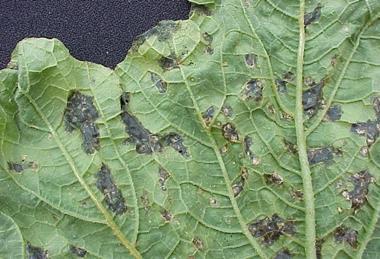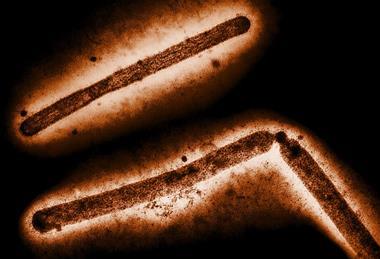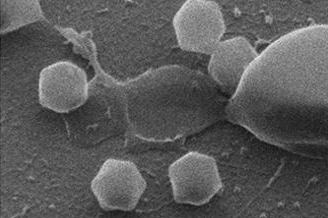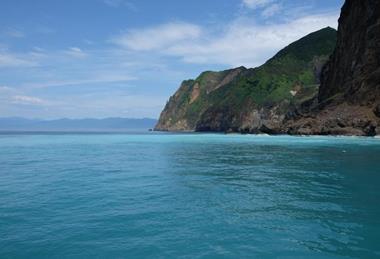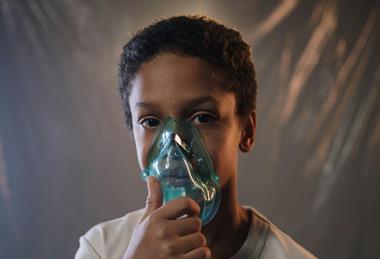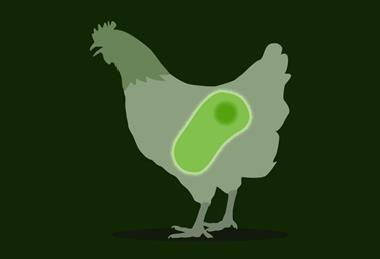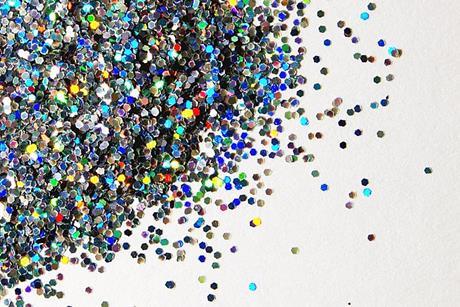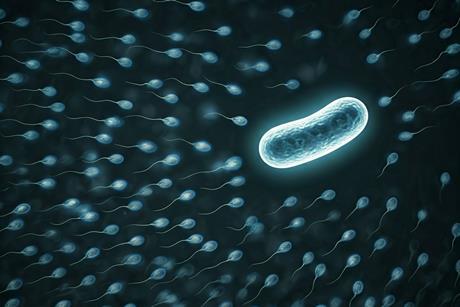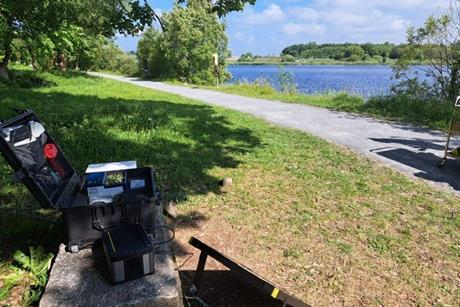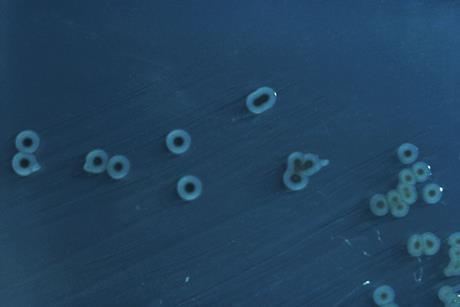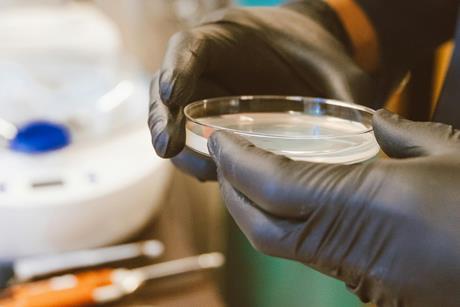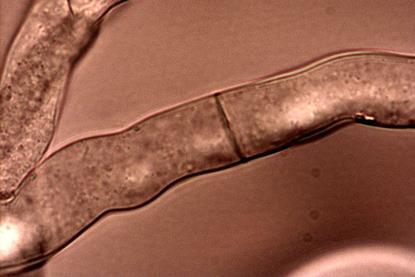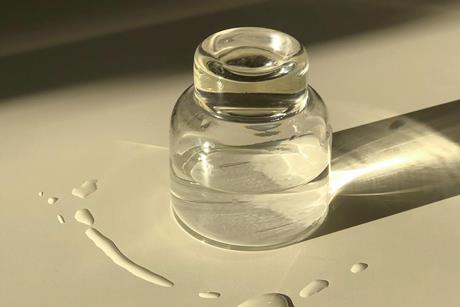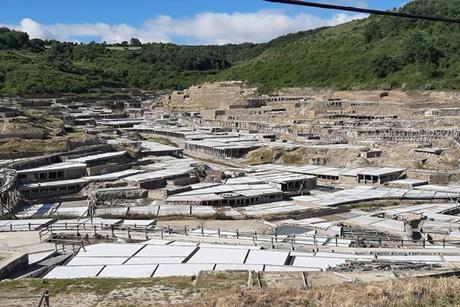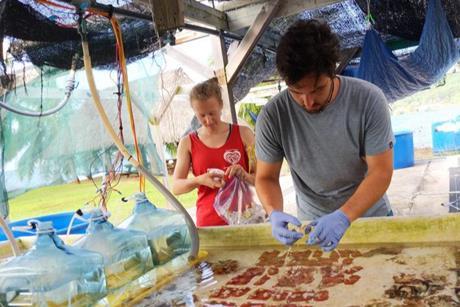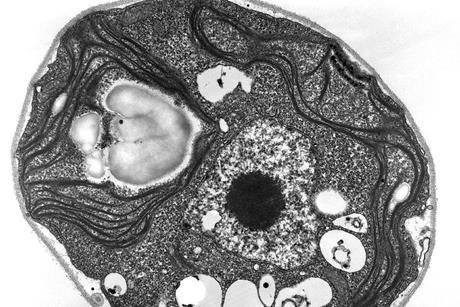Microbes in Brooklyn Superfund site teach lessons on fighting industrial pollution
Researchers discover unprecedented pollution-fighting genetic adaptations in tiny organisms inhabiting Brooklyn’s highly contaminated Gowanus Canal, revealing a potential new approach for cleaning contaminated waters and recovering valuable resources.
- Previous
- Next
Biosurfactants for oil spill bioremediation
Oil spills across large areas of seawater disturb oxygen circulation for marine organisms, cause hypothermia in birds, adversely affect navigation routes, and hinder anthropogenic actions like fisheries and tourism. Biological treatments appear to be a promising method and offer a sustainable solution.
Read storyThe power of biofilm engineering: one plus one does not always make two
Biofilms are ubiquitous in aquatic systems, where they play essential ecological roles in nutrient cycling, biogeochemical processes, and surface colonisation dynamics.
Under the microscope: microalgae-based bioremediation
The rapid expansion of the global human population and the increase in industrial and agricultural activities have led to severe environmental contamination. To remedy the situation, green technology has become more prevalent in recent years due to its numerous environmental benefits.
Harnessing marine microbes for bioremediation: cleaning up ocean pollutants
Ocean pollution is widespread and worsening by the day. From oil spills to garbage accumulation in the Pacific, marine ecosystems are in dire need of a solution.
Get unlimited access to The Microbiologist
The Microbiologist provides detailed information on the latest research, topics, reviews, events and news on a wide variety of microbiological topics.
Members of Applied Microbiology International get unlimited access as a benefit. Find out more about AMI Membership

The problem of microplastics in the oceans: it’s time for effective solutions
Francielly Bruna Neto Francisco and Ricardo Henrique Krüger, from the University of Brasília (UNB), warn that we urgently need technologies that will effectively eliminate partially or nonbiodegradable polymers from the marine environment.
Airport travel and your footwear as a pathogen transmission vector – should you be concerned
Should we be seriously concerned about the role of footwear in pathogen transmission, and what steps can we take to minimize potential risks?
Reproductive biology though the lens of the microbiome
Madangchanok Imchen and Seth R. Bordenstein from the One Health Microbiome Center - winner of AMI’s WH Pierce Prize 2024 - explore the potential of the reproductive microbiome, particularly the fascinating Wolbachia, to counter global disease threats.
Revolutionizing water safety: a rapid solution for detecting Shiga toxin-producing Escherichia coli contamination
Contaminated water is particularly dangerous in rural areas where private groundwater wells supply drinking water to households - but AMI One Health Advisory Group member Dr Zina Alfahl reveals a low-cost, simple way to check for STEC.
Navigating mid-career challenges in biotech, pharma, and life sciences amid sector-wide layoffs
The current economic climate has cast a shadow over biotech, pharmaceutical, and life sciences industries, with widespread layoffs and restructuring efforts creating an atmosphere of uncertainty.
My autistic academic maze - and my advice to neurodiverse PhD students
In Neurodiversity Celebration Week, PhD student Joshua Yates reveals the challenges of pursuing a career in microbiology with autism and dyslexia - and his advice to others.
Psilocibin or ‘magic mushroom’ use in US increased among all age groups since decriminalization in 2019
The prevalence of psilocybin use in the US has increased across all age groups between 2014 and 2023, with those with mental or physical comorbidities among the most common users.
Study: Experimental bird flu vaccine excels in animal models
A vaccine has demonstrated complete protection in mice against a deadly variant of the virus that causes bird flu. It focuses on the H5N1 variant known as 2.3.4.4b, which has caused widespread outbreaks in wild birds and poultry.
Frequent use of antibiotics in infants and young children may increase risk for asthma, allergies and other conditions
Researchers have found that repeated antibiotic use before age 2 is associated with a higher risk for asthma, food allergies and hay fever later in life. These findings also applied to siblings who had different experiences with antibiotics.
Food security
Antibiotic-resistant Escherichia albertii on the rise in Bangladeshi chicken shops
Researchers have detected alarming rates of Escherichia albertii in retail chicken meat in Bangladesh. Their findings show extensive contamination and significant antimicrobial resistance, underscoring the potential risks to public health.
Clean Water
Cyanobacterium study reveals how circadian clocks maintain robustness in changing environments
New research has uncovered how a simple circadian clock network demonstrates advanced noise-filtering capabilities, enhancing our understanding of how biological circuits maintain accuracy in dynamic natural environments.
Strongest hints yet of biological activity outside the solar system
Astronomers have detected the chemical fingerprints of dimethyl sulfide (DMS) and/or dimethyl disulfide (DMDS), in the atmosphere of the exoplanet K2-18b. On Earth, these are only produced by life, primarily microbial life such as marine phytoplankton.



